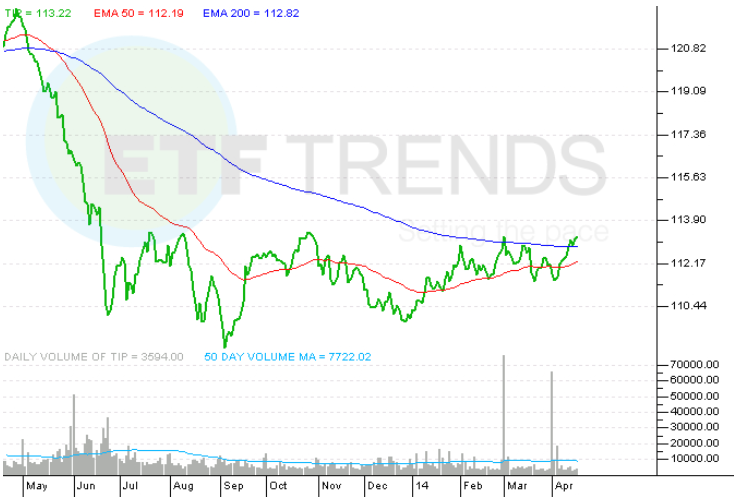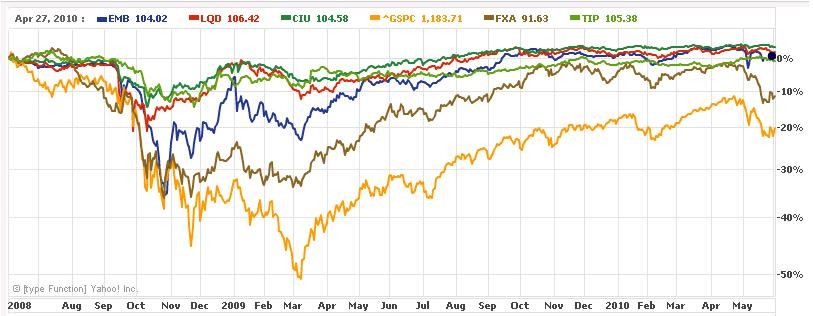Four tips for investing in ETFs
Post on: 8 Сентябрь, 2015 No Comment

Staff | January 7, 2013
Canadian investors considering investing in exchange-traded funds (ETFs) should carefully evaluate the vehicles and thoroughly understand how ETFs could fit into their portfolio. BMO Asset Management offers four tips for investors considering these funds.
ETFs are securities that generally track indexes but are traded like stocks. These products offer numerous benefits to investors—including lower costs and tax efficiencies—while covering a number of diverse asset classes, sectors and regions.
Here are four items to considering before investing in ETFs.
1. Know how the portfolio is weighted. Multiple ETFs may target the same market or industry, but each could use different weighting schemes, such as market capitalization, equal weighting or factor weighting. Any of these could affect returns, costs, tax efficiencies and/or exposure to small cap and large cap companies.
2. Know the exposure. The majority of Canadian ETFs attain exposure by holding securities. A subset of ETFs invests in derivatives. These ETFs receive the return of an index from a financial institution. An investor should weigh the added risk and additional fees against the advantages offered by derivatives.

3. Investigate the provider. Look at the track record, product shelf and financial soundness of the provider. A responsive team can help with research and provide support documents.
4. Understand the returns. The performance of an index ETF is best measured by how closely it tracks its index. Tracking error can be both positive and negative; however, even positive tracking may not be favourable, as it indicates the possibility of negative tracking in the future. Minimizing fees is critical. The total cost of transacting in an ETF is threefold. The management expense ratio includes management fees and taxes. The trading expense ratio includes portfolio expenses such as commissions paid and withholding tax on foreign income. The trading cost reflects the buying and selling prices on the exchange. This cost decreases as the ETF matures and is more heavily traded in the secondary market.
“In the last five years, the number of new ETF products and investment niches has increased significantly, plus additional products have been launched that offer competing exposure to existing market segments,” said Kevin Gopaul, senior vice-president and chief investment officer with BMO Asset Management Inc. “With the growing number of ETFs, it’s critical that investors educate themselves on a fund’s structure, objective, risks and provider to ensure that the ETF is a good match to help them reach their investment goals.”














